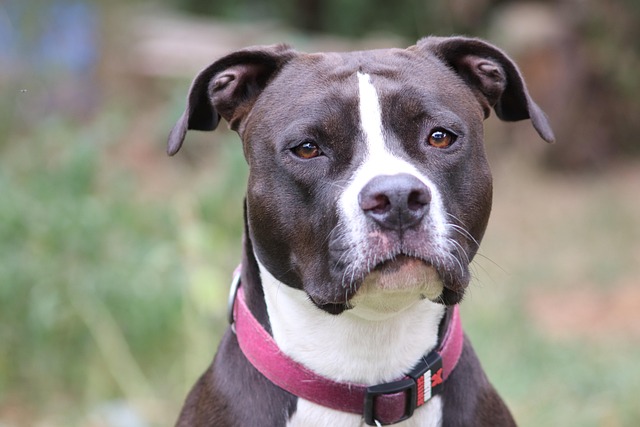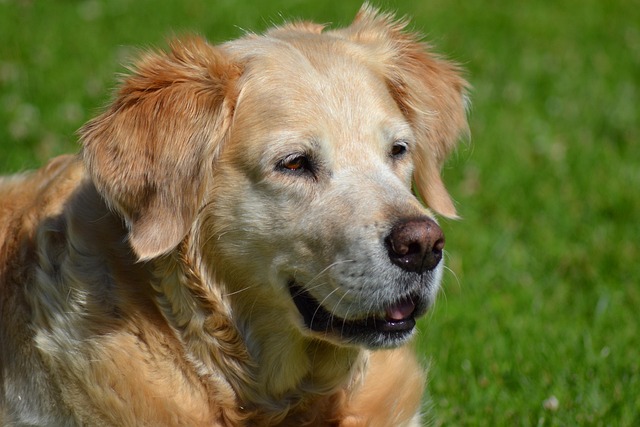
How to train potty train a dog?
Many new pet owners find themselves scrambling at 6 a.m., cleaning up a mess their puppy left by the couch.
The dream of falling asleep under the stars with your furry best friend curled up beside you is a powerful one. But for many new dog owners, the reality involves a whining, pacing, or anxious pup who sees a tent as a strange nylon cave, not a cozy den. Getting your dog comfortable sleeping in a tent isn't about forcing them to endure it; it's about using patience and positive association to make it their new favorite spot.
A dog's reluctance often stems from neophobia—the fear of new things. The tent smells different, sounds are muffled yet amplified, and the floor feels unusual under their paws. Their instinct might be to stay alert to potential dangers, making relaxation impossible. This is where the principle of desensitization becomes your best tool. By gradually and positively introducing the tent, you can change their emotional response from fear or excitement to calm familiarity. The absolute cornerstone of this process is positive reinforcement training. This means rewarding calm and desired behaviors with high-value treats and praise, while completely avoiding any scolding or forced confinement, which would only create a negative association and set your training back.
Start this process at home, where your dog feels safest. Set up the tent in your living room or backyard a week or more before your trip. Leave the door flaps open and let your dog explore it on their own terms. Toss their favorite treats inside so they choose to go in and out. Feed their meals just inside the entrance. Once they're comfortable, practice short, positive sessions inside with them. Bring their familiar bed, a blanket that smells like home, and a chew toy inside. Use a calm, settled cue like "go to bed" and reward them lavishly for lying down quietly. Gradually work up to zipping the door closed for a few seconds, then minutes, while you sit inside with them, perhaps even reading a book to show them everything is normal and safe.

This careful preparation is a key part of being a responsible pet owner, which extends to your legal and ethical duties outdoors. Before you even head to a campground, ensure your dog's rabies vaccination is current—it's not only the law nationwide but is almost always required for entry into state and national park campgrounds. Furthermore, practicing impeccable campsite etiquette is non-negotiable. This means your dog must be on a leash or secured on a long-line tether at all times, as most public lands require. It also means being prepared to clean up after your dog immediately and pack out all waste in sealed bags. A dog that is calmly settled in your tent is not just a joy for you; it shows respect for the wilderness and your fellow campers seeking a peaceful experience.
This considerate approach is especially important in shared camping spaces. A dog that barks or whines throughout the night can disturb an entire campground. The training you do at home ensures your dog feels secure, preventing noise complaints. Remember, the goal is to make the tent a safe, den-like space. By investing time in this positive training, you’re not just preparing for a trip; you’re ensuring your adventures together are built on trust and comfort, making that dream of a starlit night with your sleeping dog a peaceful reality.

Many new pet owners find themselves scrambling at 6 a.m., cleaning up a mess their puppy left by the couch.

Potty training a German Shepherd can feel like a big task, especially since these dogs are smart but also have lots of energy—meaning accidents can happen fast if you’re not consistent.

One of the coziest parts of camping is settling in for the night, but as a new dog owner, you might be staring at your tent wondering

Bringing a new furry friend home is exciting, but figuring out potty training can feel overwhelming for first-time owners.

The thought of sharing your first camping adventure with your dog is incredibly exciting—the hikes, the campfire cuddles, the stunning photos.

The dream of falling asleep under the stars with your furry best friend curled up beside you is a powerful one. But for many new dog owners